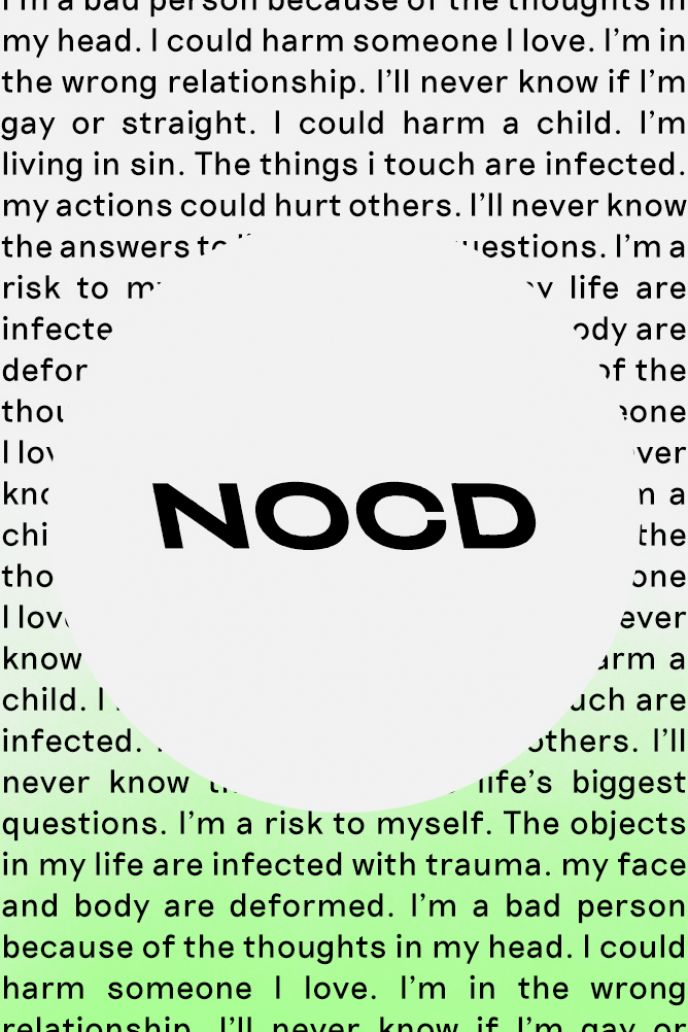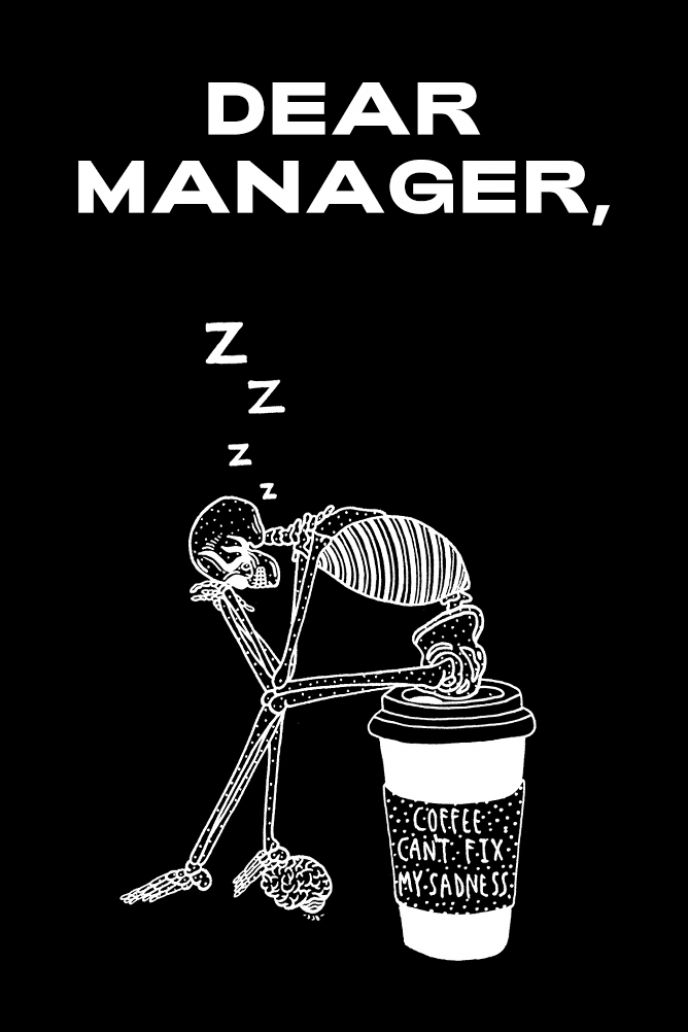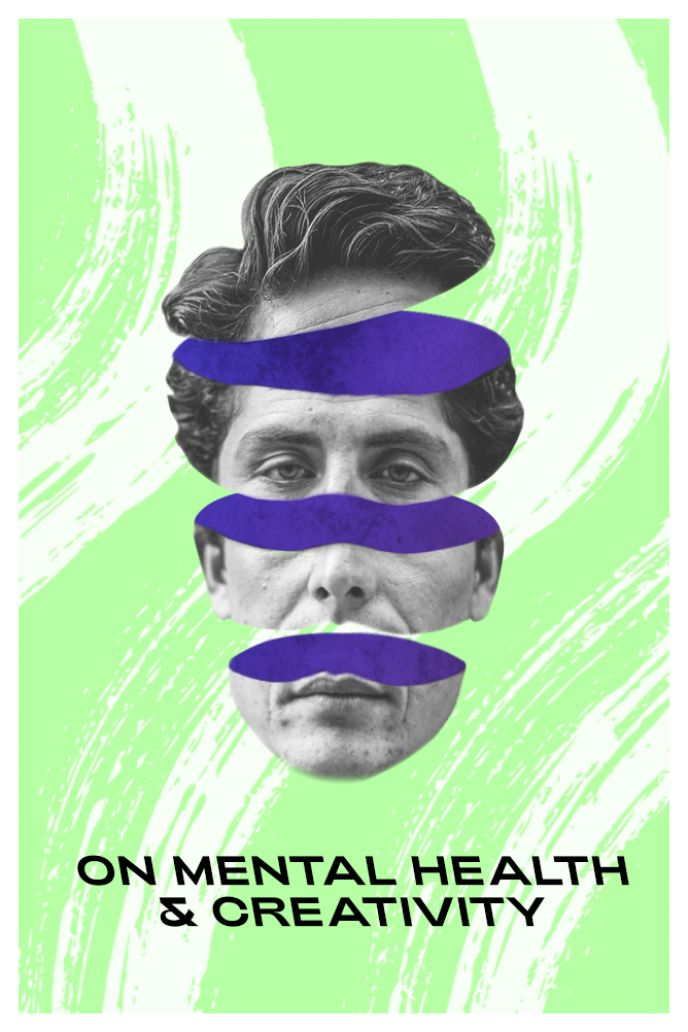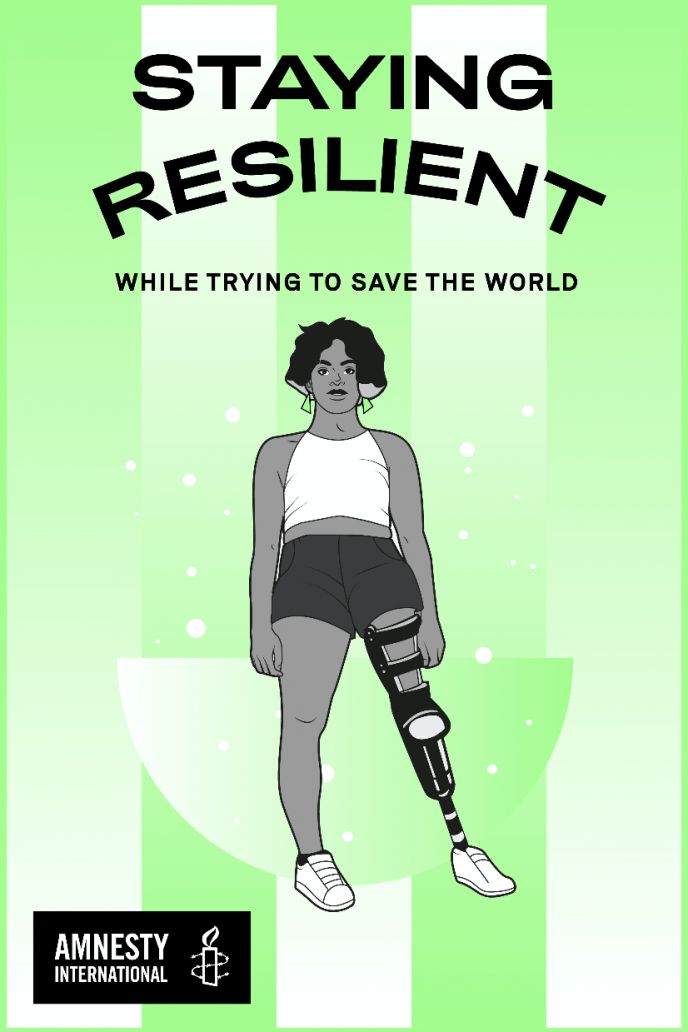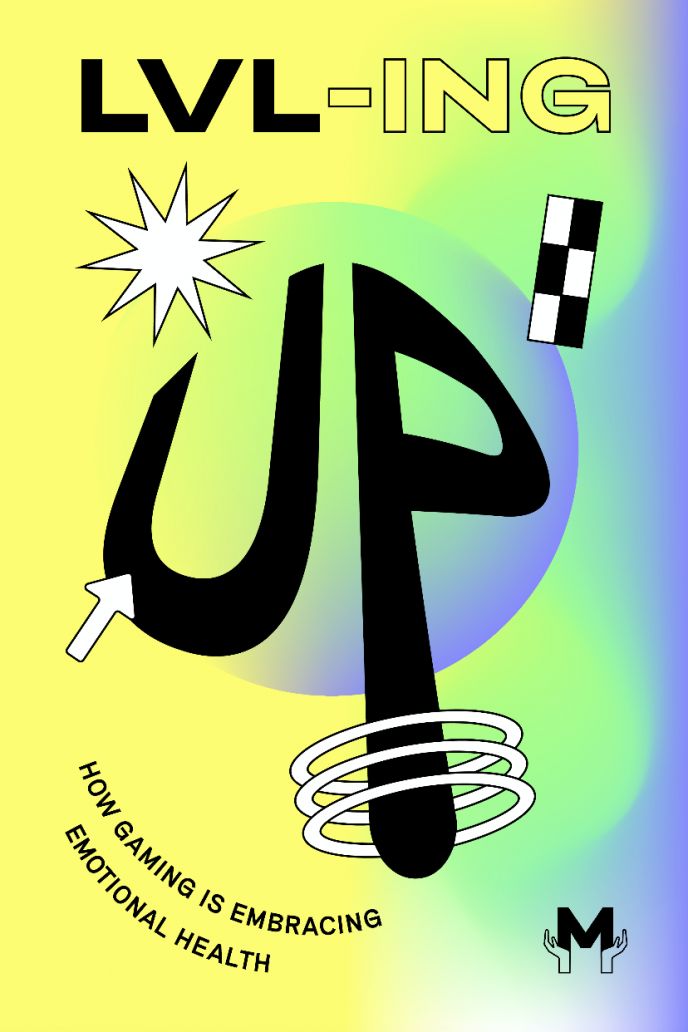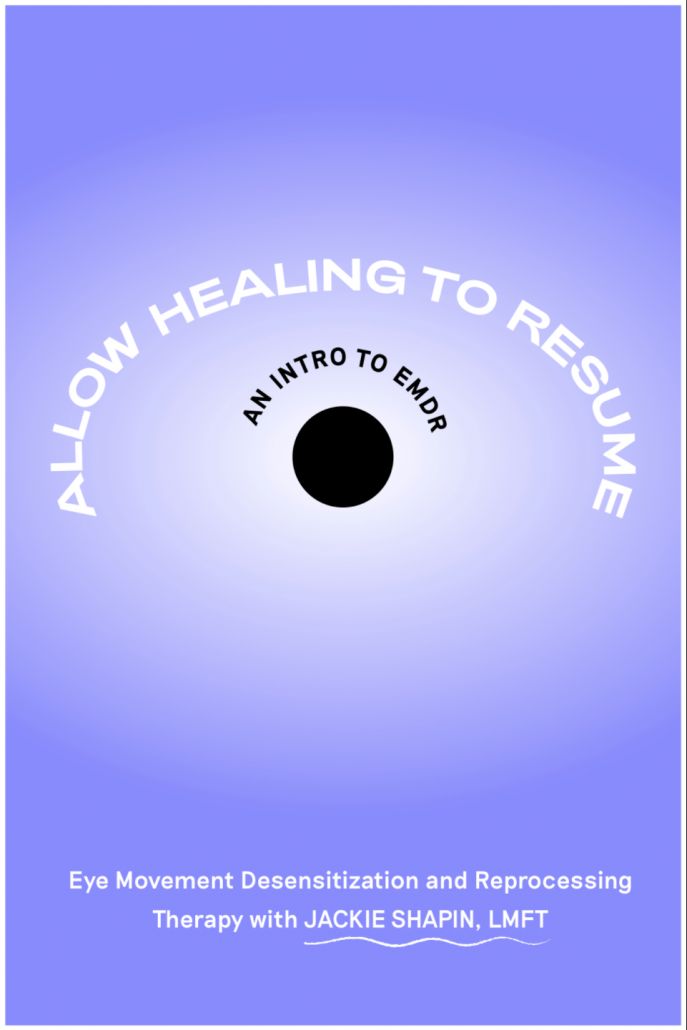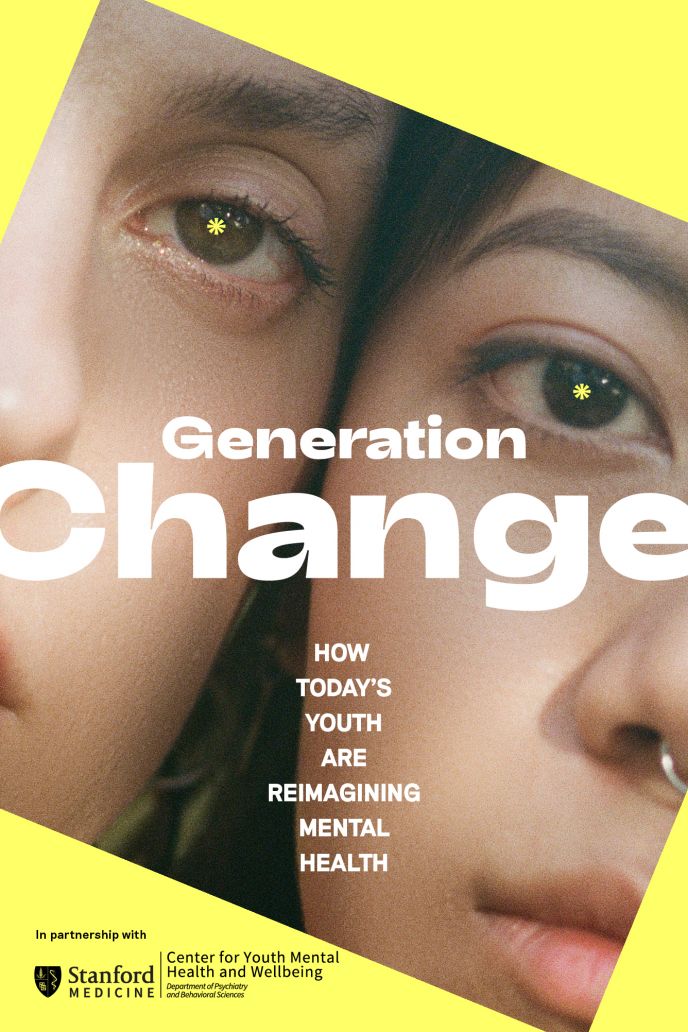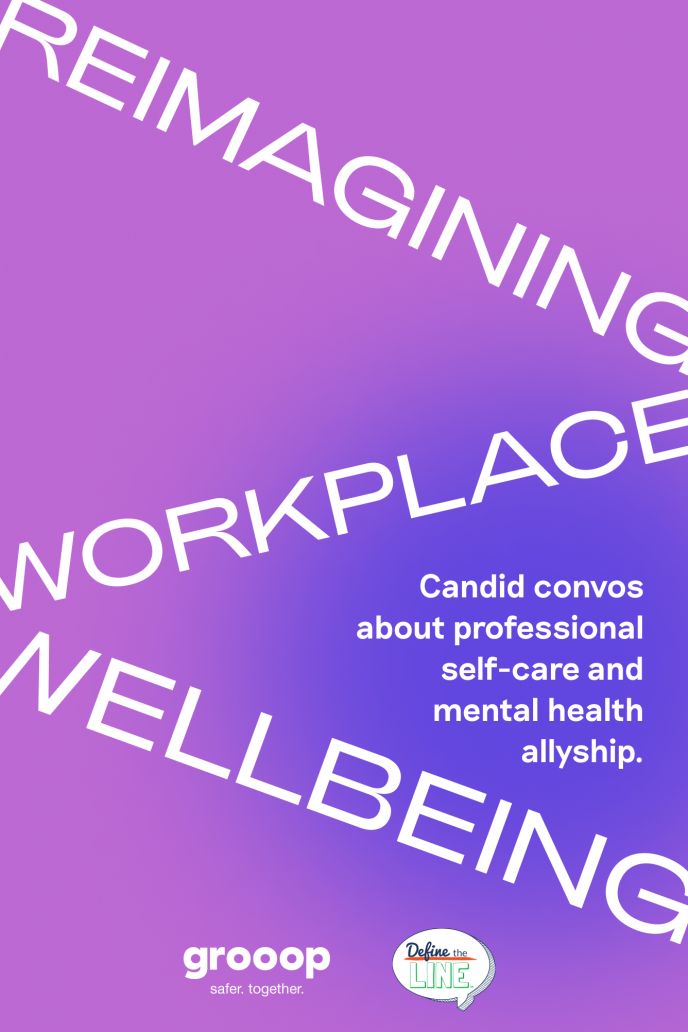Poverty is a Mental Health Crisis
Socioeconomic strain both exacerbates and triggers mental conditions in those affected
Written by Lauren O'Shaughnessy
01 Roughly half of the world’s population lives in poverty, and more than 80% live in countries where income differentials are widening.
02 The relationship between mental health and poverty is bidirectional, meaning poverty worsens mental disorders, and mental disorders can lead to poverty.
03 Intervention programs have been shown to improve both mental and financial health in low to middle income countries.
Roughly half the world’s population, over 3 billion people, live on less than $2.50 a day. 1.3 billion live in extreme poverty, on less than $1.25. And according to UNICEF, every 24 hours, 22,000 children die as a direct result of living in poverty.
To make matters worse, the international poverty line is low, meaning that millions of people who exist just above its threshold are left out of government statistics, despite living in comparable hardship.
This is not unique to the developing world. In fact, wealthy countries like the US and UK are experiencing widening wealth disparities and worsening quality of life amongst poor populations. It’s estimated that by 2050, the percentage of struggling households in the US (those with incomes no more than 1.5 times the poverty threshold) will grow by 70%.
The reality of modern day poverty is bleak.
Teachers working sun up to sun down to support themselves and their students on salaries that don’t allow it. Disabled citizens who were thrust into socioeconomic crisis after getting sick or injured. Communities of color forced into hardship by institutionalized racism, and then blamed for the circumstances they were born into. Nations disrupted by war, famine, disease, genocide and other atrocities without stable governments to provide aid.
Poverty has many faces. What remains constant, is the trauma it inflicts. It places tremendous emotional and physical strain on those affected, making upward mobility nearly impossible. Once entrapped, circumstances frequently spiral, leading to lower and lower likelihoods of escape.
The relationship between mental health and poverty is bidirectional, meaning poverty can exacerbate mental conditions, and mental conditions can lead to poverty.
People raised below the poverty line face tremendous barriers to success regardless of their mental health — food insecurity, unstable housing, unemployment, poor education systems, high rates of violence and addiction, risk of incarceration, underfunded community programs, and of course, an absence of quality mental health services. When a mental disorder enters the equation, things worsen. Pathways out of poverty, like higher education or entrepreneurship, are harder to achieve. Preventive services are practically nonexistent, and quality medication or therapy are often too expensive or too sparse to consider.
Without a support system to latch onto, conditions deteriorate. Some self-medicate in order to make do, which can lead to addiction. Others may be unable to hold steady work, and are then forced into crime to provide for themselves. This can lead to incarceration, which further lessens the likelihood of long term recovery.
Its long been known that mental disorders are worsened by poverty. But research on mental disorders caused by poverty is newer knowledge.
A 2005 study by Dr. Chris Hudson analyzed data from 34,000 individuals who had been hospitalized at least twice for mental health reasons over the course of 7 years. He found a strong connection between poverty and the risk of psychiatric illness. “The poorer one’s socioeconomic conditions are, the higher one’s risk is for mental disability and psychiatric hospitalization,” said Hudson.
Similarly, a 2010 review of 115 studies that looked at the correlation between mental conditions and low to middle income countries, found that almost 80% of the studies concluded poverty came with higher rates of mental health conditions. The studies also showed that mental conditions lasted longer, were more severe and came with worse outcomes when faced in poverty.
The reasons for this are complex. Mental disorders do not have a sole cause. Their origins and symptoms are different for every person. However, extreme stress and trauma are known to trigger depression and anxiety, even in those living far above the poverty line. Seeing as lower socioeconomic status comes with high rates of physical and mental strain, the correlation doesn’t come as much of a surprise.
In 2013, groundbreaking research dove even deeper, analyzing how being poor impacts cognitive functioning. It found that the mental burden of poverty is so immense that it leaves those affected with little bandwidth to invest in things that will help lift them out of poverty, like getting an education or establishing good credit. This cognitive load was compared to missing a full night’s sleep before taking a test, or losing 13 IQ points. On a more biological level, other studies blame high levels of cortisol, the stress hormone, for causing impairments.
These findings offer a serious counter argument to those who believe the poor are poor by choice. Rather, they live with a constant shortage of resources, both financial and cognitive. The barriers they must overcome in order to achieve upward mobility are unrealistic. It’s not them, but the impossibility of their circumstances.
So how do we tackle a phenomenon this cyclical and complex?
In 2011, Esther Entin wrote an article for The Atlantic analyzing a study on intervention programs in low to middle income countries like Africa, India, Mexico and Thailand. The research found that when families were provided solely with economic support in the form of cash transfer or micro-credit intervention, mental health did not improve. In fact, the latter had negative consequences and increased stress.
Mental health intervention on the other hand, was successful. The programs implemented spanned everything from community rehabilitation and group psychotherapy, to residential drug treatment, family education and one-on-one therapy. They found that as mental health improved, so too did financial health. And as money became less and less of a concern, mental health improved further, concluding that in the same way poor mental health and financial strain can cause a downward spiral, financial success and positive mental health can cause an upwards one.
Realistically, future success involves a combination of the two. But making it happen won’t be easy. Governments are hesitant to fund mental health and poverty alleviation initiatives, especially in times of recession when they’re needed most.
That said, we shouldn’t stop trying. With the help of politicians, community leaders, care providers and the general public, we should work to implement programs that provide emotional and financial support to low income communities. Poverty alleviation efforts like employment generation programs, welfare safety nets, education, and early childhood development can help provide the much needed foundation from which families and individuals can achieve upward mobility. Mental health interventions like anti-stigma campaigns, early detection efforts, psychosocial rehab, and affordable treatment options should be used to foster additional success.
Poverty should not be a punishment for mental illness, nor a life long condition. In today’s world, it is often both. Building a more mentally and financially prosperous future will take an international effort, but it’s one that all populations should care about. The state of our world depends on it.
About the author
Lauren is the editorial director and cofounder at the Made of Millions Foundation. She has been a part of the team since its launch in 2016. She has been open about her personal struggles with Generalized Anxiety Disorder and social phobia. You can follow her on Instagram at www.instagram.com/internet_lauren.
Support our work
We’re on a mission to change how the world perceives mental health.






